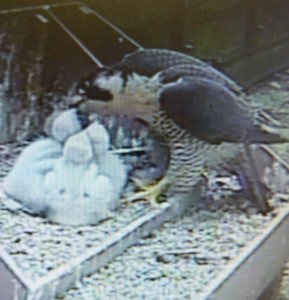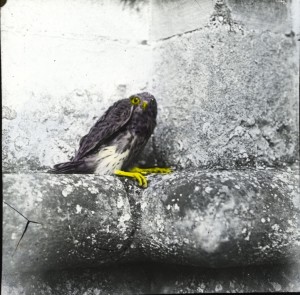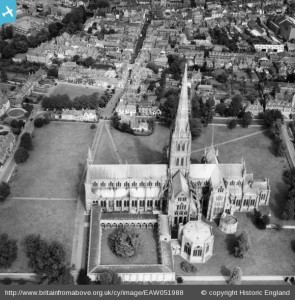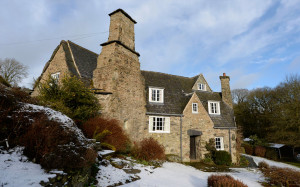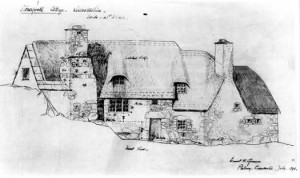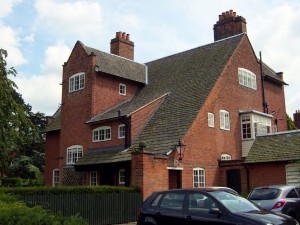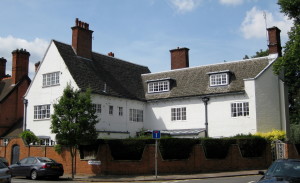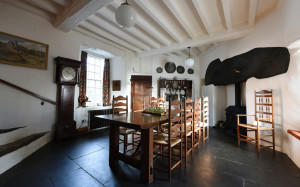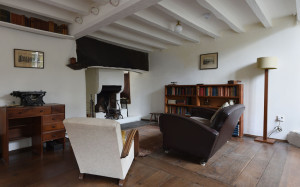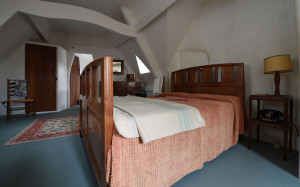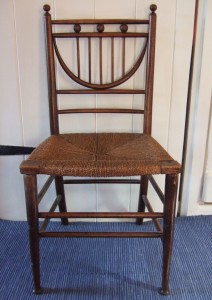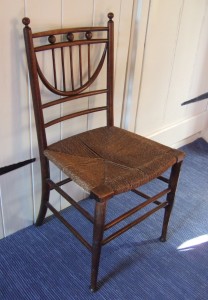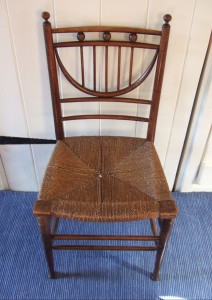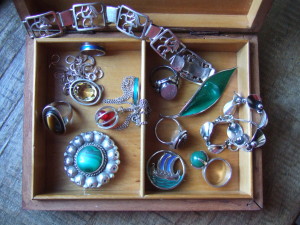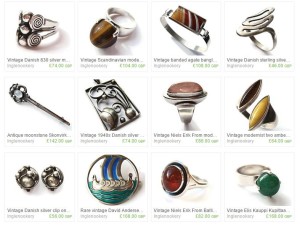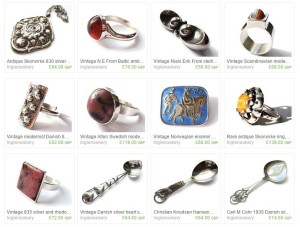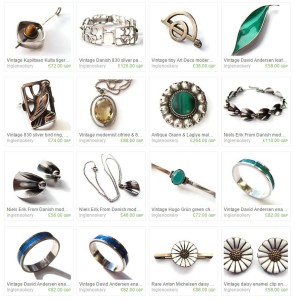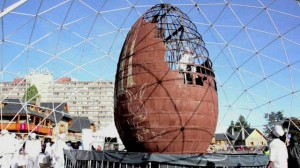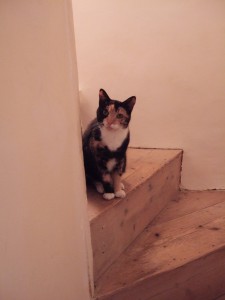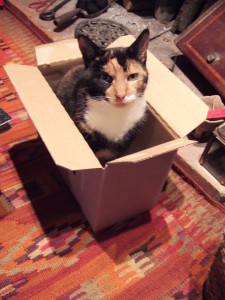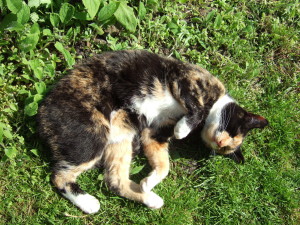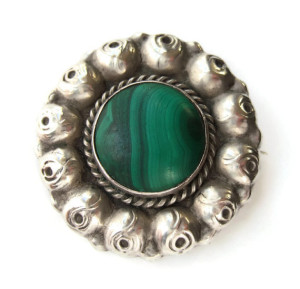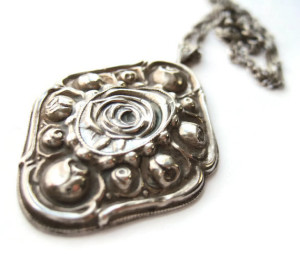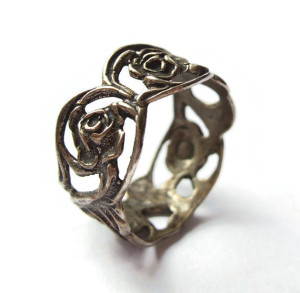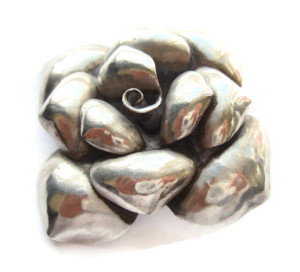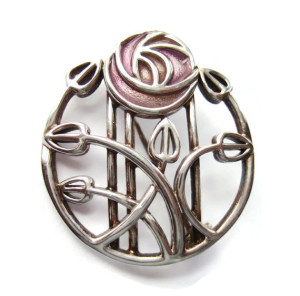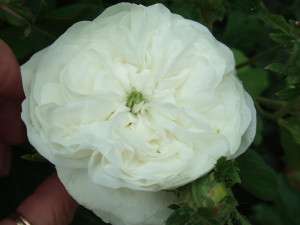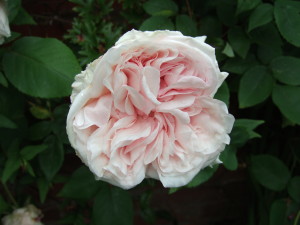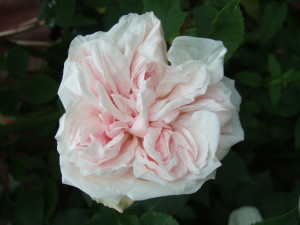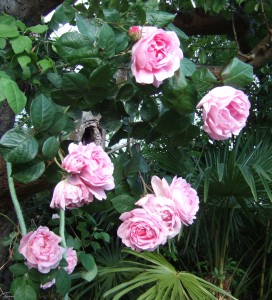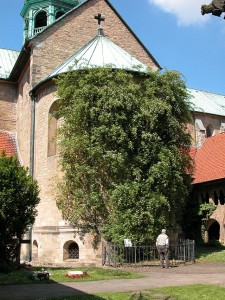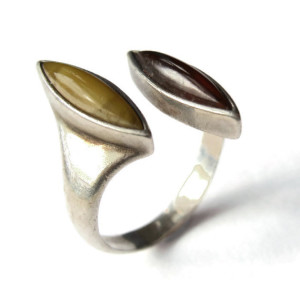Happy birthday to the Hubble Space Telescope, which today celebrates 25 years floating above us and sending back amazing images of space.
The HST was launched on board the Space Shuttle Discovery on 24 April 1990 and deployed into its orbit the following day. A flaw with the mirror was identified, leading to fuzzy images, but after a servicing mission the HST’s problem was corrected and it was soon sending back glorious, sharp images, the first of which were released by NASA on 13 January 1994.
The above video is an amazing visualisation made using data sent back by the HST of a fly through of nebula Gum 29, finishing at Star Cluster Westerlund 2.
Many years ago as a kid, I was so affected by the ending of the film Dark Star, where one of the characters ‘surfs’ on space debris. In the movie he goes down to his death, to burn up as he enters the atmosphere of a planet, but in my young imagination I always converted this to him surfing through space for eternity, seeing the wonders and marvels that at the time we could only dream of. Now, thanks to Hubble, those dreams are being magnificently realised.

Hubble Space Telescope 2014: Frontier Field Abell 2744. Photo by the magnificent, utterly wonderful NASA.
Once again, hurrah for NASA!
There’s a fantastic album of some of Hubble’s iconic images in this NASA-curated flickr album.
(As a space nut I love that Chap and I have been together just two days shy of Hubble’s time in space. Our first kiss was on 26 April 1990 and we have been kissing ever since.)
